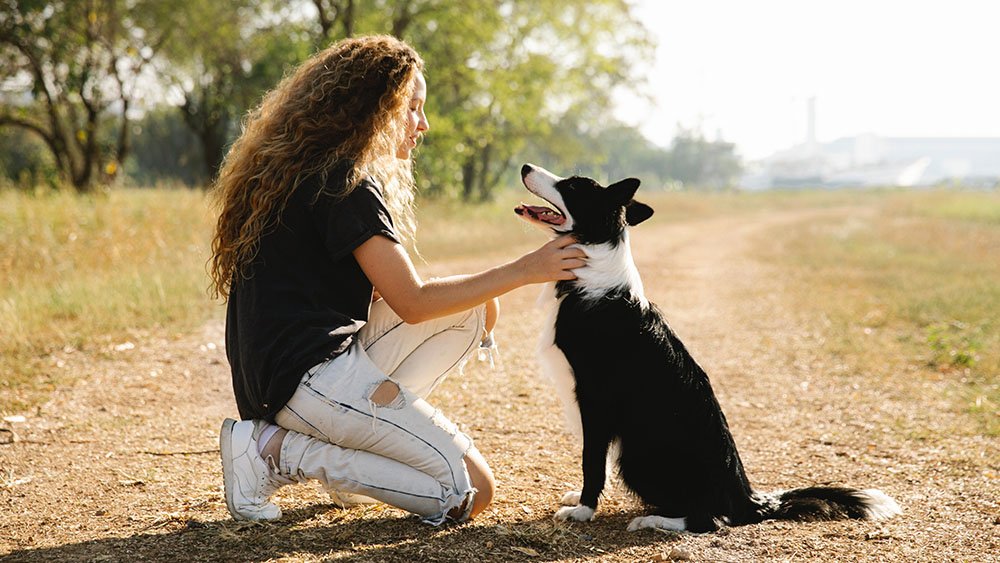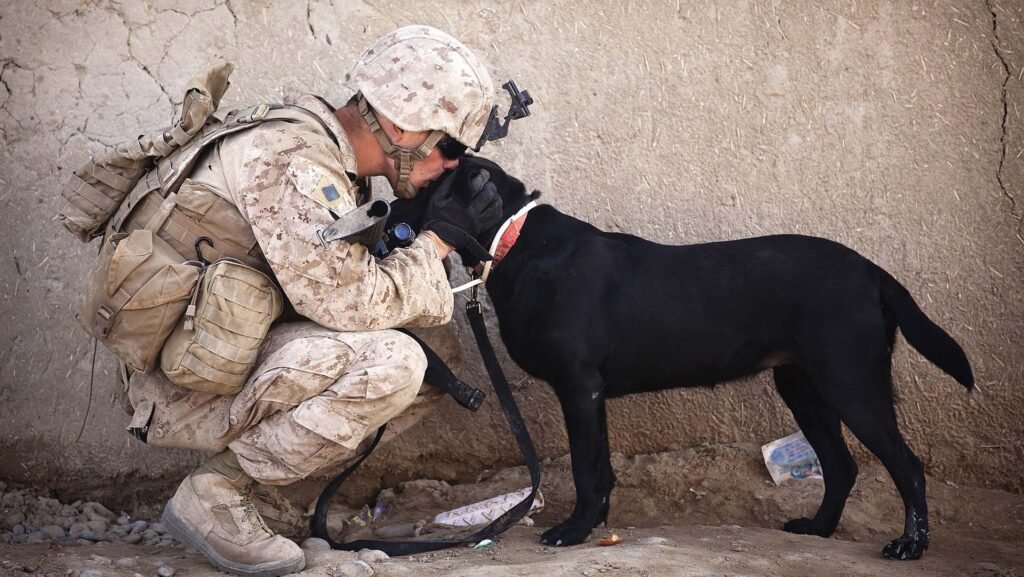Dogs have long been considered man’s best friend. But what many people don’t know is that dogs are capable of complex thoughts, just like humans. In fact, there is evidence that suggests dogs can understand up to 250 words and gestures. They can also perform basic math problems and even recognize themselves in a mirror.

While scientists have yet to completely understand the inner workings of a dog’s mind, they are making progress. For example, studies have shown that dogs are able to feel jealousy, guilt, and love. They can also form strong attachments to their owners and other animals.
When most people think of dogs, they think of animals that are capable of basic thoughts and feelings. However, recent studies have shown that dogs are actually capable of complex thoughts, just like humans. This shows that dogs have a much higher level of intelligence than many people believe. It’s clear that dogs are much more than just furry friends – they are intelligent creatures with unique personalities.
Problem Solving:
Dogs have been shown to be able to solve problems, including those that involve abstract concepts. One study found that dogs were able to match images on a computer screen with the correct object in a three-dimensional space. They were also able to select the correct object after the location of the object had been changed. Another study found that dogs could follow human pointing gestures, even if the gesture was not accompanied by any sound or movement. This suggests that dogs are able to understand communicative signals from humans.

Dogs are often considered to be one of the smartest animals on the planet. They have been shown to be able to solve problems, including those that involve abstract concepts. One study found that dogs were able to figure out how to open a food container that was covered in a puzzle box.
Communication:

Dogs can communicate with humans using a variety of methods, including vocalizations and body language.
Dogs are capable of communicating with humans in a number of ways. One way is through vocalization – dogs can make a variety of sounds to get their point across. They may whimper, whine, growl, or bark to express what they want or need. Additionally, dogs use body language to communicate. They may wag their tails when happy or bow their heads when submitting to someone else. By paying attention to a dog’s body language and vocalizations, humans can better understand what the dog is trying to say.
Dog communication heightens in the context of health and veterinary concerns. For example, a dog may indicate pain or discomfort if he is limping or has a sore paw. More importantly, Some dogs can be trained to indicate their need for medical assistance by barking. A dog may bark in response to a loud noise or if he hears an unfamiliar noise. An example of this is when an earthquake has occurred and the dog barks whenever he hears something unusual.
Emotions:
Dogs experience a wide range of emotions, including happiness, sadness, fear, and anger.
When most people think of dogs, they think of happy animals that love to play and run around. However, dogs experience a wide range of emotions, just like humans. Dogs can feel happiness, sadness, fear, and anger. Each emotion can be exhibited in different ways depending on the dog’s personality.

For example, when a dog is feeling happy, they might wag their tail or jump up to give you a hug. If a dog is feeling scared or sad, they might cower down or hide under a bed. And if a dog is feeling angry, they might bark or growl at you.
It’s important to understand how your dog is feeling so that you can provide them with the appropriate care and support. If you can read your dog’s emotions correctly, it will help strengthen the bond between you and your pet.
Memory:
Dogs are capable of forming memories and recalling them later. Studies have shown that dogs can remember where they’ve been, who they’ve met, and what they’ve done for up to two years. Dogs also seem to be able to differentiate between familiar and unfamiliar people, as well as familiar and unfamiliar places. This remarkable ability is what allows dogs to become such loyal companions.

Dogs are one of the most loyal and intelligent animals on the planet. They are capable of forming memories and recalling them later. This makes them ideal for training and working with law enforcement. Dogs can also be taught to perform many tricks, such as fetching or playing dead.
Cognition:
Dogs are able to think about things and figure out solutions to problems.
Dogs are considered to be one of the most intelligent animals on Earth. They are able to think about things and figure out solutions to problems. For example, a dog might realize that if he jumps up on the couch, he can get a better view of what is going on outside. Dogs can also learn commands and tricks, which shows their ability to understand human language.

Dogs are known for their intelligence and ability to solve problems. A study published in the journal “Animal Cognition” found that dogs are able to think about things and figure out solutions to problems. The study found that when dogs were faced with a problem, they would try different methods until they found one that worked.
In Conclusion:
Dogs are highly intelligent animals that can understand a great deal of information.
Dogs are capable of complex thoughts and feelings. This has been proven by numerous studies, which show that dogs can understand human communication and respond to it. Dogs are also capable of forming attachments to humans and other animals, and of feeling sadness, happiness, and other emotions. They are highly intelligent animals that can understand a great deal of information. They are also capable of forming close emotional bonds with their owners, making them loyal and affectionate companions.



















